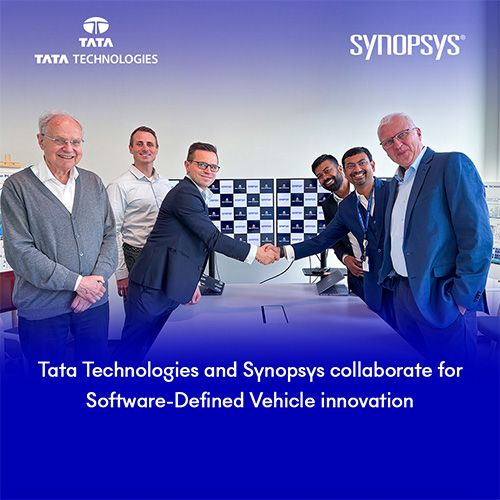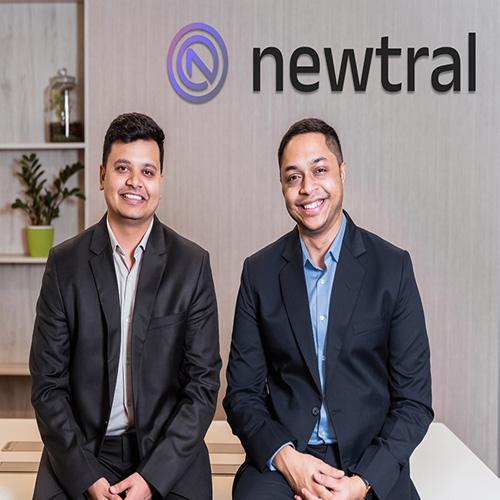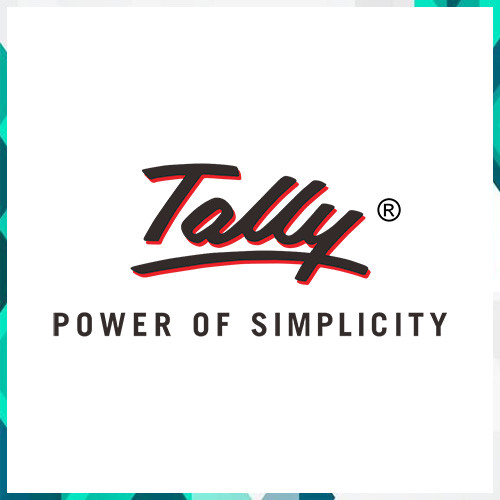
As the artificial intelligence boom accelerates, a growing number of investors and analysts are sounding the alarm: competing with giants like Google DeepMind, OpenAI, and Elon Musk’s xAI may prove too steep a climb for many startups. These tech juggernauts now hold dominant positions in the AI ecosystem—leveraging unprecedented resources, proprietary data, top-tier talent, and integrated platforms. Startups, despite their agility and innovation, are increasingly playing catch-up.
OpenAI’s recent $10 billion partnership with Microsoft, Google’s vast AI war chest under Alphabet, and xAI’s reported $20 billion raise at a $120 billion valuation show the staggering capital available to leading firms. This funding allows them to train massive models like GPT-4, Gemini, and Grok—operations that require tens of thousands of GPUs and months of computing time. Startups rarely have access to that scale of investment, which limits their ability to compete on raw model power alone.
Foundational models rely heavily on data. Google has years of access to YouTube transcripts, search queries, and Gmail messages (in aggregate). OpenAI has trained on enormous corpuses of web, code, and books data. xAI benefits from integrating with X (formerly Twitter), giving it real-time access to billions of social interactions. For startups, acquiring diverse, high-quality, and legally clean datasets is both expensive and risky.
Top AI researchers, machine learning engineers, and infrastructure architects are disproportionately hired by tech giants. Companies like Google DeepMind offer compensation packages well above what a startup can afford. OpenAI’s alignment team alone includes leading ethicists and theorists in AI safety—a niche talent pool that’s nearly impossible for young companies to replicate at scale.
Startups not only face technical challenges but also distribution barriers. Google is embedding Gemini across Search, Android, and Workspace. Microsoft has integrated GPT into Office, Azure, and Windows. These ecosystems give incumbents direct access to billions of users. xAI is likely to leverage its control over X and Grok to build an AI-native user layer, potentially becoming the default assistant for digital communication.
According to a16z and Sequoia Capital sources quoted in recent investor roundtables, enthusiasm for AI startups is giving way to realism. “You can’t just throw an LLM wrapper on an app and expect to beat OpenAI,” said one venture partner. Instead, investors are now looking at vertical-specific models, unique data access (e.g., health, legal), and applications where incumbents have blind spots.
Not all hope is lost. History has shown that tech incumbents can be disrupted by nimble upstarts—if they find differentiated advantages. Companies like Anthropic, Cohere, and Mistral are attempting to carve out market share by focusing on alignment, speed, or open-source alternatives. Meanwhile, enterprise-focused players like Pinecone, LangChain, and Reka AI are building infrastructure or tools that complement, rather than compete with, foundational model developers.
For many startups, the winning strategy may not be to replace OpenAI or Google but to build around them—offering enhanced fine-tuning, industry-specific applications, or privacy-preserving customizations. Alternatively, partnerships with cloud providers like AWS or enterprise SaaS vendors may provide a distribution lifeline.
In an AI landscape dominated by multi-billion-dollar titans, startups must choose their battles wisely. The foundational model war may be largely decided—but the applications, ethics, verticals, and infrastructure layers still offer room for disruption. To succeed, new entrants must move beyond hype, anchor themselves in real-world use cases, and build with differentiation as their North Star.
See What’s Next in Tech With the Fast Forward Newsletter
Tweets From @varindiamag
Nothing to see here - yet
When they Tweet, their Tweets will show up here.





























